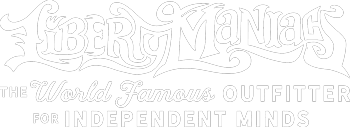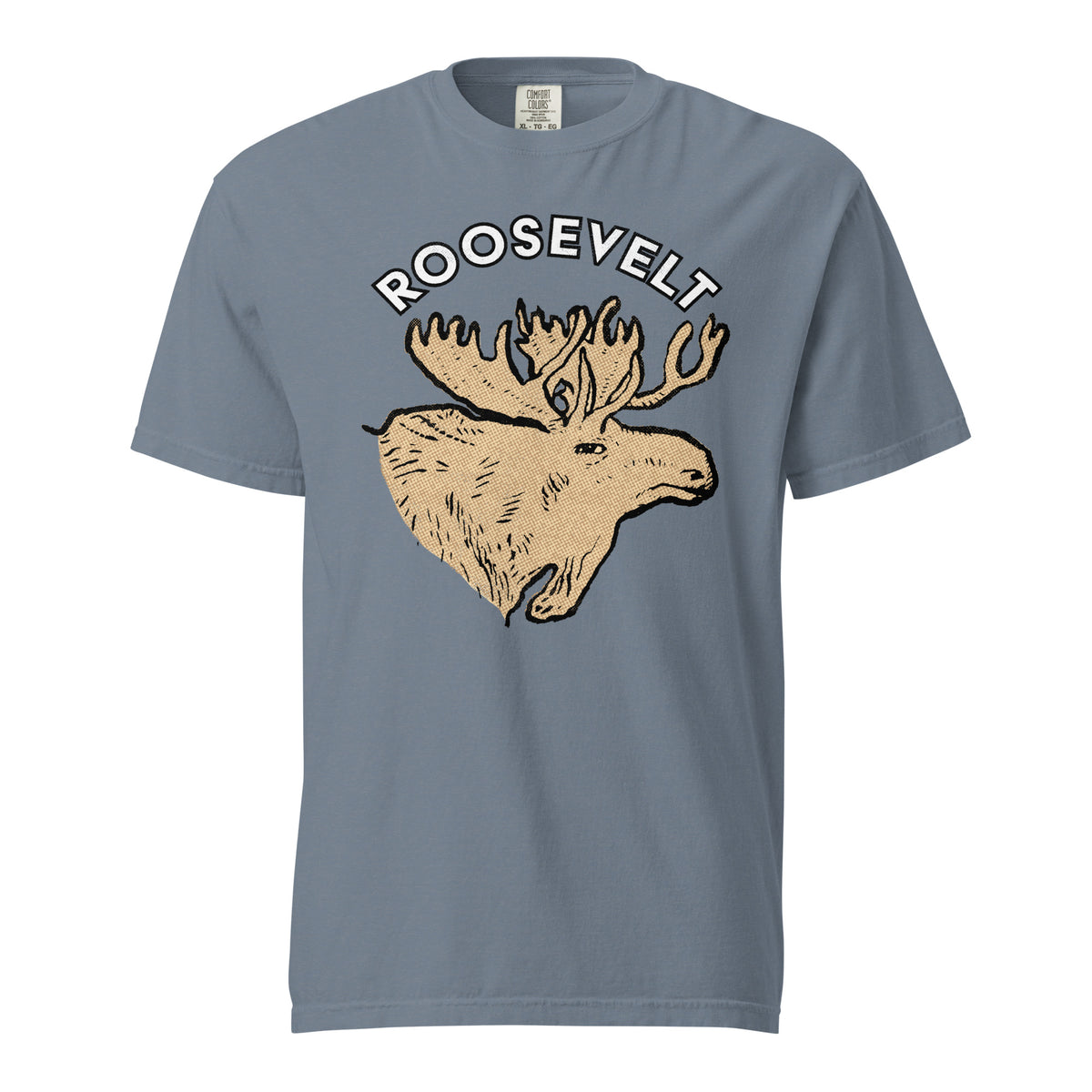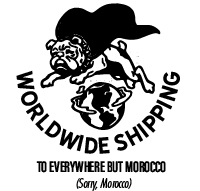






















Teddy Roosevelt 1912 Bullmoose Garment-dyed Heavyweight T-shirt
One of the Craziest Presidential Campaigns Ever
Dive into the political theatrics of 1912 with our Teddy Roosevelt 1912 Bullmoose Garment-dyed Heavyweight T-shirt, a sartorial tribute to a momentous chapter in American history when Teddy Roosevelt, in his third bid for the presidency, split the Republican ticket and opened the door for the election of one of America's historically significant but controversial presidents -- Woodrow Wilson who's legacy includes the introduction of policies such as the income tax, establishment of the Federal Reserve, and the nation's eventual involvement in World War I.
The campaign trail was incredibly weird. At one fateful campaign stop in Milwaukee on October 14, Roosevelt faced an unexpected twist. John Flammang Schrank, a New York saloonkeeper, fired a bullet at him. But hold on – Roosevelt, ever the larger-than-life figure, survived thanks to his eyeglass case and a conveniently thick 50-page copy of his speech titled "Progressive Cause Greater Than Any Individual." The bullet lodged in his chest, and Schrank, a troubled soul claiming McKinley's ghost commanded the act, was promptly apprehended.
If that weren't enough drama, just two weeks later, on October 30, 1912, Vice President James S. Sherman's untimely demise left Taft without a running mate mere days before the election. Cue the political chaos!
Now, let's talk ideologies. Taft, with his quiet, conservative approach, clashed with Roosevelt's "New Nationalist" progressivism. Taft wanted to strengthen the judiciary, but mostly wanted to carry on the economic growth and limited government of the Gilded Age. Roosevelt's proposals supporting the 8-hour workday, women's suffrage, farm relief, workers compensation, the inheritance tax, income tax, and direct election of Senators is a veritable preview of the seismic legislation that was to come.
Wilson, on the other hand, campaigned as a free market defender of reasonable reforms on trusts, while stau
On November 5, 1912, Woodrow Wilson secured the presidency with an impressive victory in 40 states. Fast forward to 2024, and this election stands unparalleled since 1860 – a rare feat where four candidates earned over 5% of the popular vote, and a third-party contender outperformed a major party candidate. Even socialist Debbs received 5.99% of the popular vote, and scored a second place showing in the state of Florida.

Wilson's win, though historic, came with a unique twist. His percentage of the popular vote was lower than any candidate since Abraham Lincoln in 1860. On the flip side, Taft's performance remains a record low for an incumbent president, with a meager 8 electoral votes and a share of popular votes at 23.17%. These numbers mark the lowest ever for a Republican or any major party nominee. Clearly, the Bullmoose party and Teddy were the bulk of the reason.
Dan redrew the old Progressive Party Mascot found on buttons like this. We pre-distressed the artwork so it'll have the look and feel of something worn in and a bit vintage.
• 100% ring-spun cotton
• Fabric weight: 6.1 oz/yd² (206.8 g/m²)
• Garment-dyed
• Relaxed fit
• 7/8″ double-needle topstitched collar
• Twill-taped neck and shoulders for extra durability
• Double-needle armhole, sleeve, and bottom hems
Size guide
| WIDTH (inches) | LENGTH (inches) | SLEEVE CENTER BACK (inches) | |
| S | 18 ¼ | 26 ⅝ | 16 ¼ |
| M | 20 ¼ | 28 | 17 ¾ |
| L | 22 | 29 ⅜ | 19 |
| XL | 24 | 30 ¾ | 20 ½ |
| 2XL | 26 | 31 ⅝ | 21 ¾ |
| 3XL | 27 ¾ | 32 ½ | 23 ¼ |
| 4XL | 29 ¾ | 33 ½ | 24 ⅝ |
| WIDTH (cm) | LENGTH (cm) | SLEEVE CENTER BACK (cm) | |
| S | 46.4 | 67.6 | 41.3 |
| M | 51.4 | 71.1 | 45 |
| L | 55.9 | 74.6 | 48.3 |
| XL | 61 | 78.1 | 52 |
| 2XL | 66 | 80.3 | 55.3 |
| 3XL | 70.5 | 82.6 | 59 |
| 4XL | 75.6 | 85 | 62.6 |
Collections: Heavyweight, Men's Apparel and Accessories, Men's Tops | Graphic Tees for Rebels & Liberty Lovers, New Arrivals, New Shirts | New Arrivals from Liberty Maniacs, Retro 3rd Party, Retro Campaign Shirts | The Political History Gift Shop
Type: Mens Top
Category: 1912, bullmoose, campaign, heavy, heavy weight, independent, presidential election, progressive party, retro, retro 3rd party, short sleeve, t-shirt, teddy roosevelt, Theodore Roosevelt, TR






























